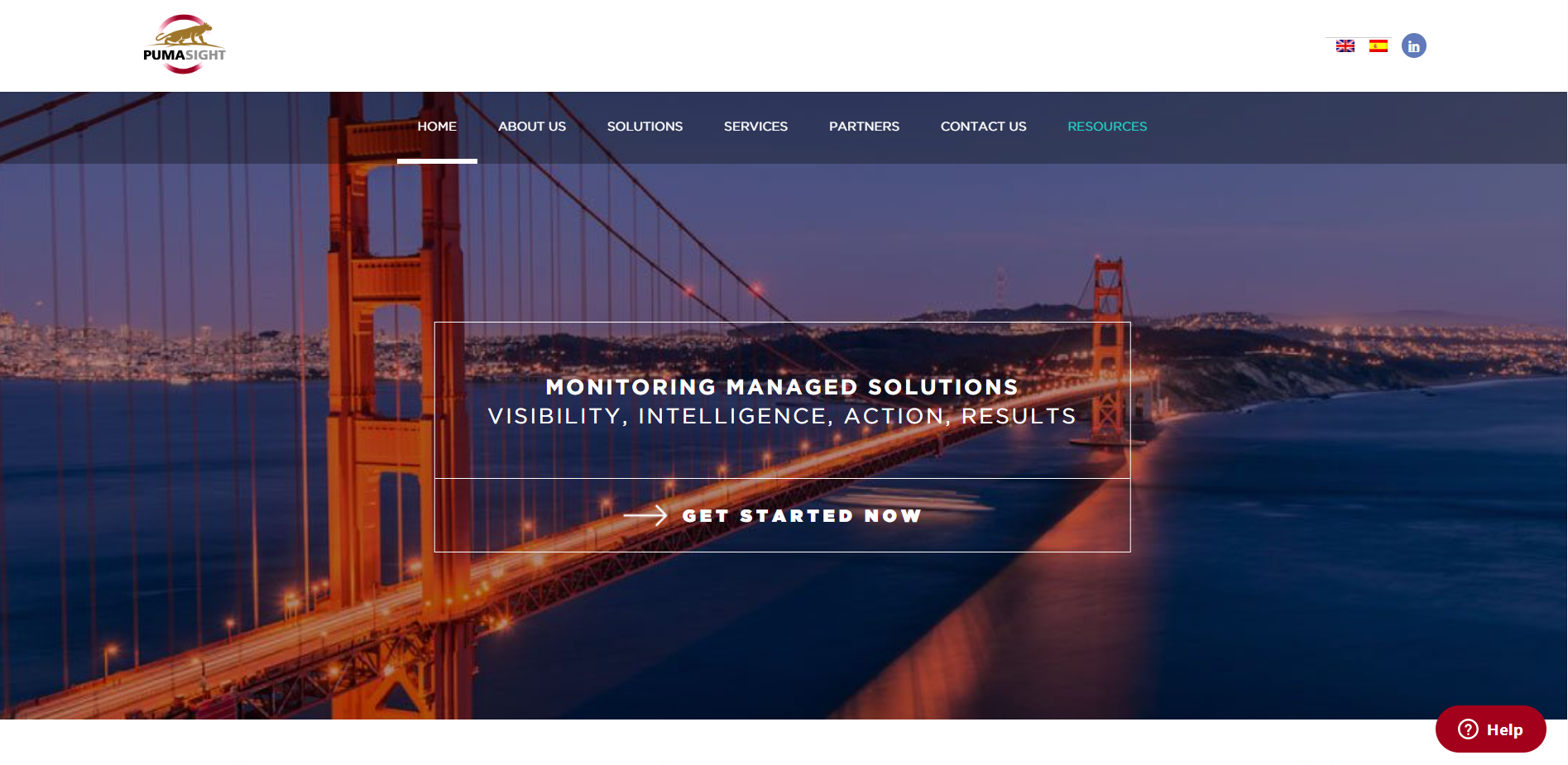Solution and Objectives
PumaSight concluded that an in-house system tailored to their environment would be optimal rather than traditional tools lacking customization capabilities. The platform had to satisfy criteria like:
Unified Tracking: Single pane-of-glass for the entire infrastructure stack - public cloud, private cloud, and on-premise.
Comprehensive Metrics: Capture hundreds of pre-defined metrics across servers, databases, and networks. Extendable framework to plug in new data sources seamlessly
Granular Insights: Real-time dashboards providing visibility into sub-components. Configurable threshold-based alerts and customized reports.
Intelligent Detection: Leverage techniques like correlation analysis to identify root causes amidst a storm of symptoms. Advanced analytics for predicting failure patterns.
Easy Integration: Simple APIs for ingesting monitoring data from diverse systems. Agent and agentless options based on source. Minimal configuration needs.
Automated Remediation: Self-healing capabilities like auto-scaling cloud resources according to demands and configured triggers.
With clear goals established, PumaSight partnered with Dixeam for its expertise in building robust monitoring solutions using innovative techniques.
Technology Planning
Team Dixeam did a thorough evaluation of PumaSight’s existing systems and created a framework addressing current gaps while keeping future scalability in mind:
Technology Design: Finalized toolset based on the use case - Laravel, Python, Couchbase, Elasticsearch, etc integrated using scalable microservices pattern
Data Sources: Identified systems to be tracked. Documented metrics and data extraction methods - APIs, agents, batch scripts, etc
Frontend UI: Mocked responsive dashboard allowing drill-downs to various components and role-based access
Infrastructure: Selected optimal AWS cloud services for the hosting platform itself - reliability and ease of growth
Intelligence: Brainstormed techniques like predictive analytics, customized alerts, and smart automation to prevent issues proactively
Roadmap: Multi-phase rollout plan focusing on value addition at each milestone while allowing ongoing enhancements
The collaborative planning enabled tight alignment on the end objectives, success metrics, equipment needs, and effort estimation.





